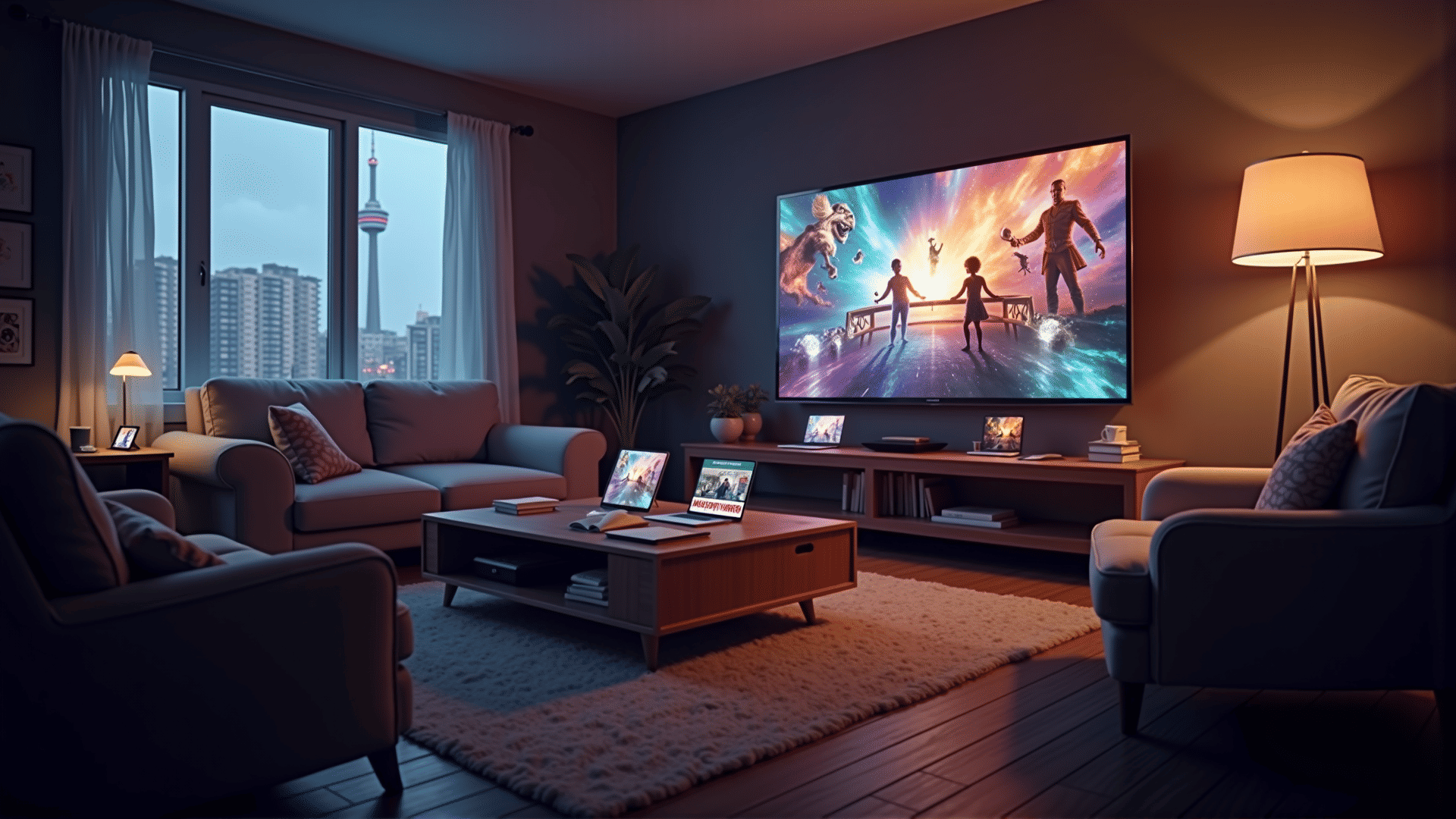In today's world, visual media holds significant sway over cultural norms and public opinion. This influence is evident through various platforms such as film, television, and the internet. As society becomes more visually-oriented, these mediums shape our perceptions, beliefs, and even behaviors in myriad ways.
Film, as one of the oldest forms of visual media, has long held the power to reflect and influence societal values. From the social commentary embedded in classics to the groundbreaking narratives of contemporary cinema, films often mirror the zeitgeist of their era. Movies have the unique ability to introduce audiences to new perspectives, challenge existing norms, and catalyze social change. For instance, films that address pressing societal issues such as racial inequality, gender dynamics, or environmental concerns can spark important conversations and inspire action within communities.
Television, with its pervasive reach, also plays a crucial role in shaping cultural dynamics. The rise of serialized storytelling in TV shows offers a platform for more nuanced character development and complex narratives. This format allows for an exploration of diverse identities and experiences, gradually broadening viewers’ understanding and acceptance of different cultures and lifestyles. Television series often serve as cultural touchstones, reflecting the aspirations and challenges of the societies they depict.
The internet has dramatically accelerated the pace and scope of cultural exchange, making it a dominant force in shaping public opinion. Social media platforms, in particular, have democratized content creation, allowing individuals to share their personal stories and viewpoints widely. This has led to increased visibility for marginalized voices, fostering a more inclusive dialogue across cultural and national boundaries. Viral videos, memes, and online campaigns have the potential to rapidly influence public sentiment, as their widespread dissemination can lead to mass awareness or shifts in attitudes.
However, the profound impact of visual media is not without its complexities. The rapid spread of information can sometimes lead to misunderstandings or the propagation of stereotypes. Moreover, the normalization of certain behaviors or ideas through these mediums can reinforce existing biases or create unrealistic expectations.
In conclusion, visual media serves as both a mirror and a molder of culture. Its ability to shape and reflect societal norms underscores its power and responsibility. As consumers and creators of visual content, there is a collective responsibility to engage critically with these mediums, ensuring they contribute positively to cultural discourse and foster mutual understanding and respect among diverse communities.
